An Unpredictable Spring
As many of you can attest to, this spring season has been anything but predictable. From erratic weather, to a slow economy, new consumer purchasing behaviors and unexpected trends, these last few months defy simple generalizations. Yet, despite the many and varied obstacles, most of you report cautious optimism and a willingness to implement new strategies to ensure a successful 2009 spring and beyond.
Recently, Lawn & Garden Retailer surveyed retailers, of all sizes and from across the country, about their 2008 spring season. By hearing their candid, and at times surprising, responses to questions ranging from what new trends they spotted to what they plan to do differently next year, we hope to paint a broader picture of the challenges and opportunities facing our industry today. Here’s a sampling of what they had to say.
How Was Your 2008 Spring Season?
The much-awaited spring season this year was characterized by highs and lows. Over half of respondents (53 percent) say their sales are down from last year, and many point to the cold, rainy weather; drought and water restrictions; and a downtrodden economy as the biggest factors behind their decline in sales. The combined effect led some retailers in colder parts of the country or the drought-stricken South to describe this season as “our worst ever.” As one respondent states: “Wet is one thing, but wet and cold was what we got this season. It was tough for people to get out and do any gardening.” Another retailer agreed, adding “the weather was topsy-turvy, and frost lasted till June so sales were very late or nonexistent.”
Luckily, this was not the case across the board. Some retailers were pleasantly surprised at how well they did this season, in spite of all the challenges. Like one respondent colorfully articulates: “After dealing with a 100 percent watering ban for six months, we were given a little relief in mid-February, and the world exploded. One of our best springs yet. We were amazed at how quickly people jumped back into gardening.”
Many savvy retailers viewed the challenging season as just that a challenge. And they didn’t lose their stride. They reassessed inventory, took a hard look at what customers were buying and what was sitting on the shelves, increased promotional efforts and curbed costs as much as possible. One retailer even experienced a 50 percent increase in sales! The key, as one retailer puts it, was to take a cautious, well-thought out approach instead of knee-jerk reactions or clinging to past patterns: “[Sales were] stronger than expected. We were cautious before the season, which may have proven the right approach.”
What Kind of Trends Did You Notice this Year?
Although most respondents agreed that people were spending their shrinking discretionary dollars much more carefully (and spending less money when they did buy), certain items flew off the shelves and kept the registers ringing. After all, at a time when many people are postponing vacation plans, they’re increasingly turning to their own backyards as a substitute getaway.
Many retailers surveyed say customers are “jumping on the [organic] bandwagon” and growing their own vegetable and herb gardens as well as asking for more water-wise plants and organic lawn care: “Organics, organics, organics. And vegetables couldn’t keep a tomato plant on the shelves!” one retailer says.
It seems that sustainability is more than just the latest buzzword: “The folks this year are becoming more focused on healthful lifestyles and ‘green living’. Many are walking the talk,” echoes another retailer.
Container and patio gardening sales were up across the board a promising niche for retailers seeking to appeal to the coveted young urban dwellers.
Another popular trend coincides with a changing consumer attitude. They want easy-to-grow, low-maintenance plants or “instant gratification” items like 10- or 12-inch planters already grown and ready to wow their guests, according to our respondents. And some customers are still willing to spend big bucks if they see the value, says another respondent. “Pretty, easy and instant seem to continue to be the answer. It didn’t matter if it was a shrub, annual or perennial. It mattered if it was showy and ready to go.”
What do you Plan on Doing Differently Next Year?
The good news is that this industry used to the unpredictability of Mother Nature isn’t one to dwell on the losses much. We’re much more focused on the future and creative ways to adapt to new challenges and changing customer needs. Next year, many respondents surveyed say they plan to increase their vegetable plants, herbs and organic stock, operate more cost-effectively, grow more conservatively, and keep pushing forward albeit cautiously. For example, one retailer plans to “wait and see what the climate brings, then buy accordingly.”
They’re also focusing more on marketing efforts, with an increasing number of garden centers advertising online (36.4 percent) and using in-house e-mail campaigns (37.2 percent) and loyalty programs (31.8 percent), along with more traditional advertising venues such as newspapers (63.6 percent) and radio (32.6 percent).
What Will 2009 Bring?
The tough and unpredictable spring season might have yielded some unexpected results. Mainly, it kept you on your toes and forced you to go the extra mile in everything from “service, service, service” to compelling merchandising and product offerings that reflect the unique wants and needs of your customer base and region.
Certainly, some things like the unprecedented droughts, hail storms in June and shaky economy are beyond anyone’s control but as this survey proves, many of you are responding by putting your creativity and resourcefulness to work. Some of you are even surprising yourselves and reporting record-breaking sales despite all the “gloom and doom” in the air. Keep the surprises coming! We can’t wait to hear about your next spring season.






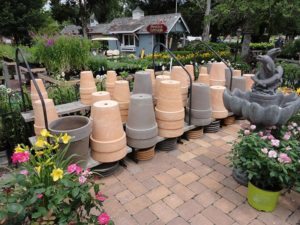
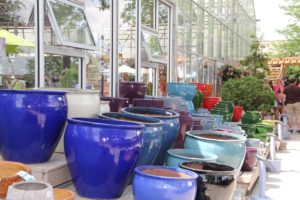
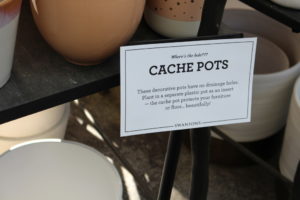


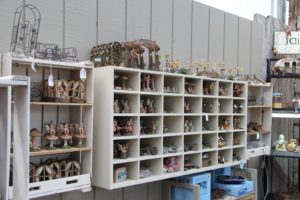
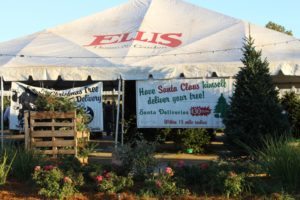



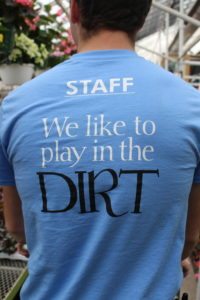

 Videos
Videos





